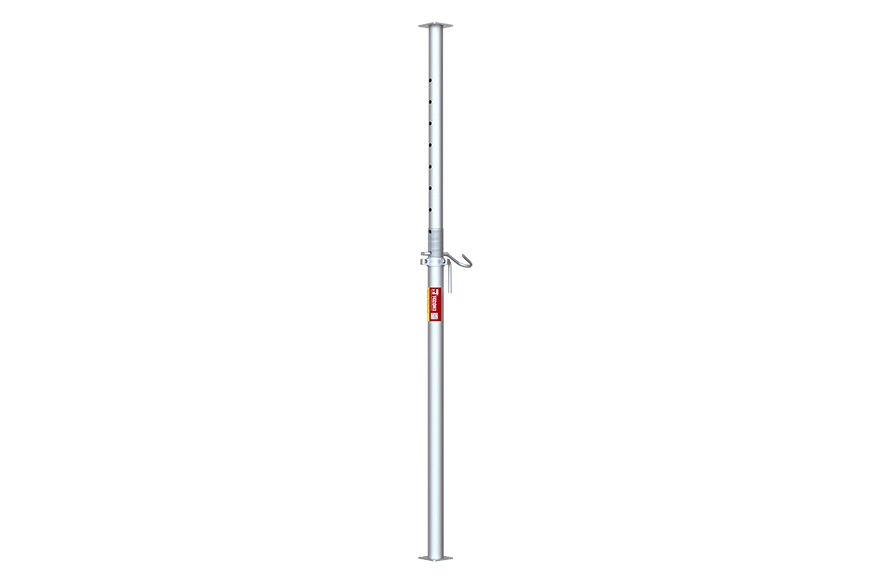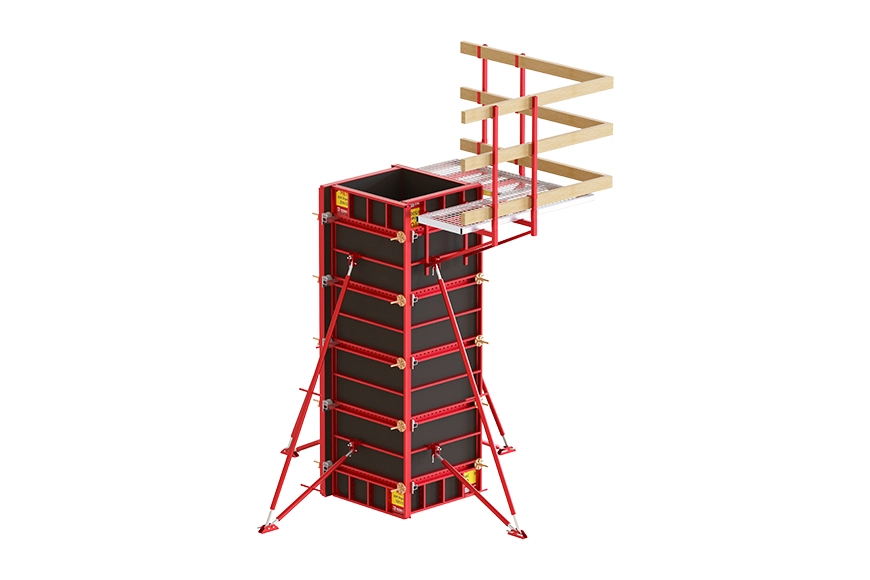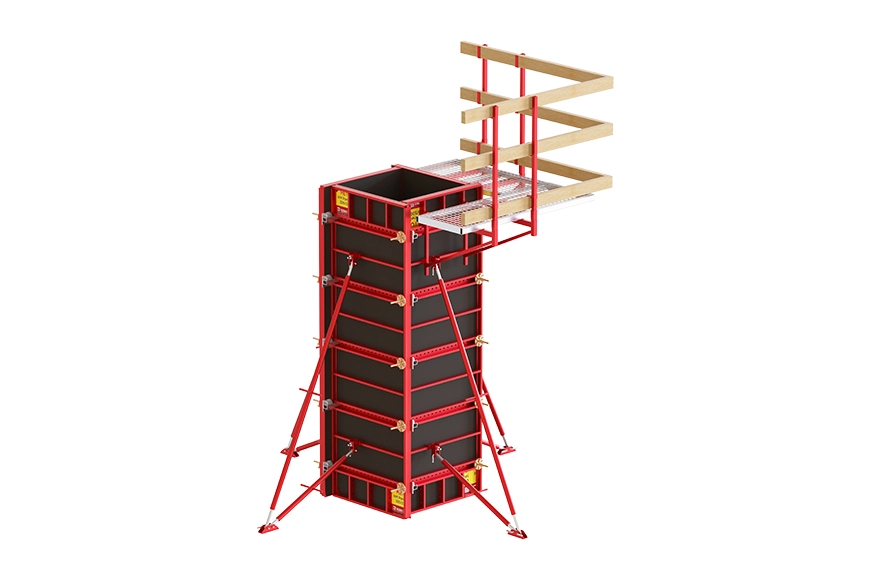Carefully inspect the quality of the steel formwork used for columns. Check if the surface of the steel formwork is smooth and flat, without cracks, sand holes, or other defects. For formwork with minor defects, repairs can be made; if the defects seriously affect the strength and sealing of the formwork, it should be replaced.
Check whether the dimensions of the steel formwork match the design requirements. The diameter error of the steel formwork for column should be controlled within the allowable range, generally not exceeding ±3mm, to ensure the appearance quality and dimensional accuracy of the cylindrical concrete structure.
Verify the matching parts of the steel formwork for column, such as connecting bolts, nuts, washers, etc., to see if they are complete and if their specifications match the formwork. The quality of the connecting parts is also crucial, the bolts should be able to be tightened smoothly and have enough strength to prevent loosening during the concrete pouring process.
Clean the construction site for the cylindrical columns, removing debris, garbage, etc., from the ground. If the site is uneven, it needs to be leveled to provide a solid and flat foundation for the installation of the steel formwork for column.
According to the design drawings, accurately mark the center line and edge lines of the cylindrical columns on the foundation or the already constructed structure surface. The layout precision is required to be high, and the center line deviation generally should not exceed ±5mm, which is the premise to ensure the accurate position of the columns.
Prepare sufficient supporting materials, such as steel pipes and square timber. The wall thickness of the steel pipes should meet the requirements, generally not less than 3mm. The size of the square timber should be reasonably selected based on the size of the formwork and the support spacing, and the timber should be of good quality, without decay, insect damage, etc.
Check the construction equipment, such as cranes (if template hoisting is required) and vibrators, to see if they are operating normally. The lifting capacity of the crane should meet the requirements of template hoisting, and its brake devices, steel wire rope, and other key components should be checked before lifting. The vibrator should be able to operate normally, and its vibration frequency and the length of the vibrating bar should be suitable for the pouring of cylindrical concrete.





